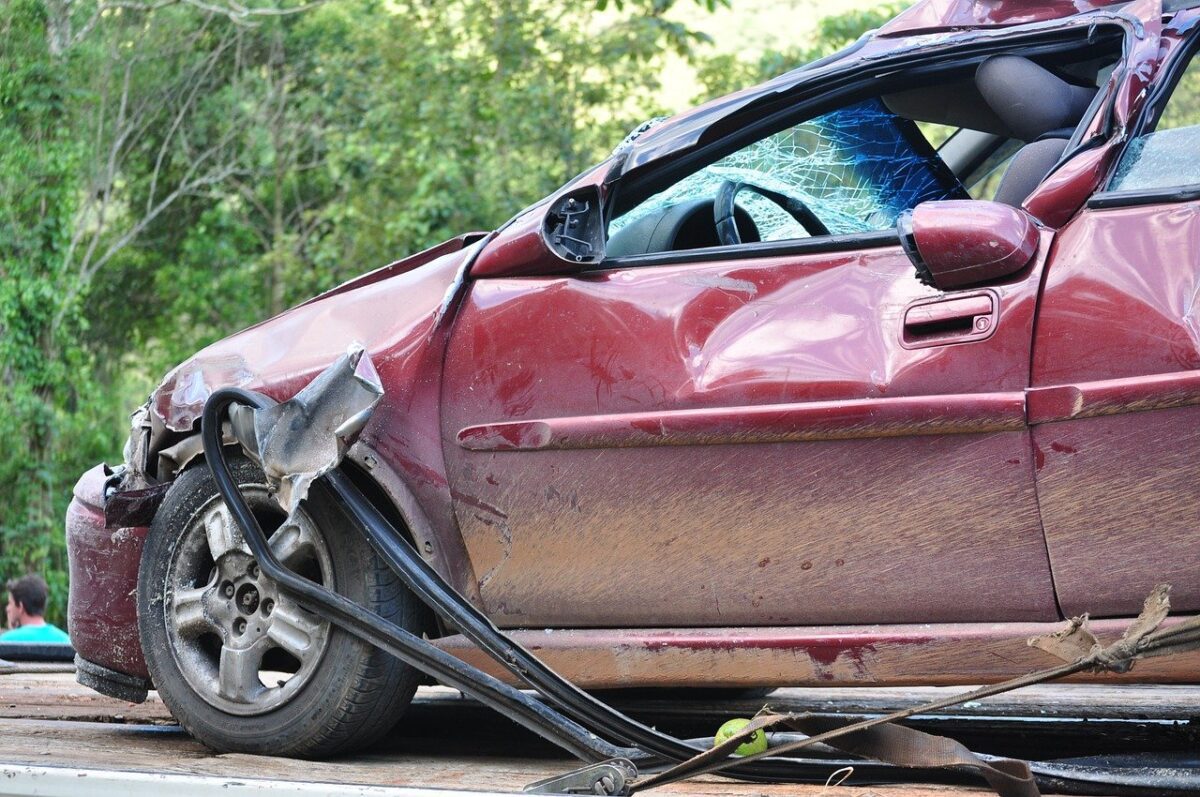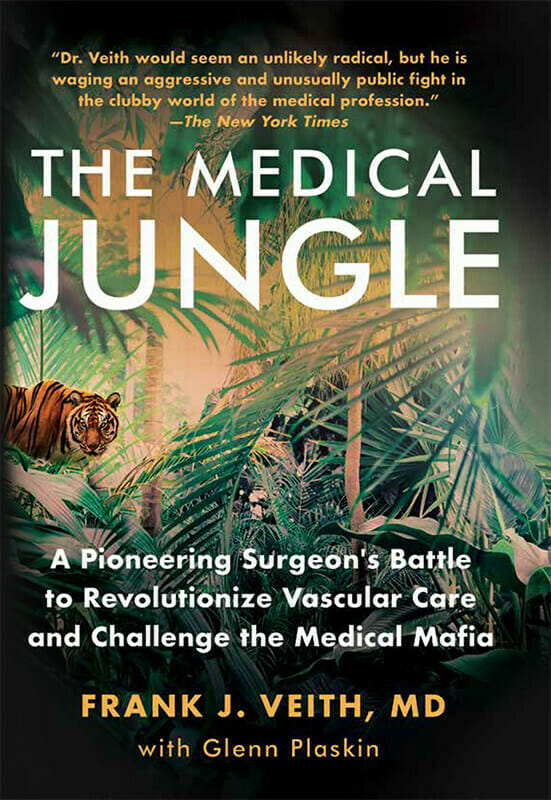Car Accident Injuries: It’s no secret that car accidents are one of the leading causes of injuries in the United States. What may be less well-known is that different types of accidents can lead to very different types of injuries.
Car accident injuries can range from relatively minor, such as bruises and cuts, to more serious injuries like head trauma, spinal cord damage, and internal bleeding. The severity of an injury often depends on the type of accident and on the speed and force of the impact. In order to protect yourself and your loved ones, it’s important to be aware of the most common types of injuries and how to deal with them. Here are some of the most common types of car accident injuries:
Broken Bones
Broken bones are the most common type of car accident injury, accounting for around 40% of all accident-related hospital admissions. Because broken bones often require long periods of immobilization, they can lead to other injuries, especially internal bleeding.
“Fractures to the ribs, sternum, wrist, and vertebrae in the spine are the most common injuries we find in automobile crashes”, says this car accident lawyer from Irvine. In an automobile collision, however, almost any bone may shatter. The best way to safeguard against broken bones is with a proper seat belt. A properly worn seat belt can prevent or reduce injuries from being thrown around inside the car, which is when most bones are broken.
Whiplash
A common type of car accident injury is whiplash, typically caused by a forceful impact from behind. Whiplash is a type of neck injury that is typically caused by a sudden forward or backward movement of the head. The ligaments and muscles in the neck are stretched and torn, which can lead to pain, stiffness, and headaches. This type of injury is often characterized by severe neck pain and headaches, with symptoms sometimes lasting for months or years after an accident.
The best thing you can do for whiplash is to consult a doctor as soon as possible – he/she will be able to tell whether or not you have suffered from whiplash and give you the proper treatment.
A good whiplash doctor can provide you with the appropriate care plan to recover from your injury sooner. They also refer you to other specialists for ancillary treatment, like physical or occupational therapy or trauma debriefing and counseling in more severe cases. Take time to look up professionals or practices specializing in post-accident issues or read reviews for comparisons. Working with them closely will also be crucial.
Traumatic Brain Injury (TBI)
The most common types of car accident injuries also include traumatic brain injury or TBI. Neurological damage to the brain can be caused by a bump or jolt to the head, or even an object penetrating the brain. When the head accelerates rapidly, such as in a car collision, it causes the brain to move around inside the skull. This can lead to bruising and tearing of brain tissue, which is what we call a TBI.
The most common symptoms of this type of injury include bleeding and swelling in the brain, as well as changes in mental state, such as confusion or memory loss. Head trauma is one of the most dangerous types of car accident injuries if left untreated. The best way to prevent TBI is wearing a seatbelt while driving so that your body can’t be thrown around inside the car if it collides with another vehicle.
Chest Injury
Another common type of car accident injury is chest injuries, which usually result from impacts to the thoracic or abdominopelvic region. There are two main types of chest injuries resulting from car accidents – blunt force trauma and seat belt syndrome. Blunt force trauma is when the chest wall or ribs are broken because they hit against an immovable object during impacts, such as the steering wheel or dashboard.
Seat belt syndrome, on the other hand, occurs when organs such as the spleen and liver are crushed between the rib cage and pelvis because of “crushing forces” from a seat belt. When this type of injury is left untreated, it can lead to internal bleeding or even death. Make sure to seek medical attention immediately after any car accident because this can save your life!
Cuts
Types of car accident injuries also include cuts and scrapes, which are often caused by broken glass or other sharp objects in the violent impact. Lacerations and avulsions (a cut where part of the skin is torn away) are common types of cuts that can result from a car accident. However, these types of injuries can be avoided by wearing protective clothing and always making sure to buckle up!
Burns
Another type of common car accident injury is burns, which may result from friction or exposure to high heat. Because car engines can produce extremely hot temperatures and chemicals, this type of injury is quite common in car accidents. Make sure that if your vehicle catches on fire, you leave it immediately and call for help. Burns can range from mild to severe, so you will want to seek immediate medical attention if you are not sure of the severity of your injury.
Internal Bleeding
Internal bleeding can often be a serious and potentially fatal type of car accident injury, so it’s important to get medical attention immediately after you collide. Serious internal bleeding occurs when an object pierces or tears any part of the body, such as the liver or spleen. Internal bleeding can also be caused by ruptured blood vessels, such as the aorta. Sometimes, you can’t even be aware of internal bleeding because there is no visible sign – this is why it’s extremely important to seek medical attention if you suspect any sort of injury from a car accident.
Bruising/Contusions
Lastly, bruises and contusions are also common types of car accident injuries. Bruising occurs when small blood vessels break underneath the skin, and contusion is a bruise on the other side of the body, such as on your organs. Contusions can be especially dangerous because they may result in internal bleeding, which we’ve already talked about extensively! A good way to avoid these types of injuries is to always wear your seatbelt and try not to drive or ride in a car if you’ve been drinking because this increases the risk of serious injury.
So remember, the most common types of car accident injuries include but are not limited to: brain trauma, chest injuries, cuts and burns, internal bleeding, and bruising/contusions. All of these injuries can be extremely dangerous to your health if you do not seek immediate medical attention. You should always wear your seatbelt while driving because this can prevent serious injuries.
What Are The Prospects For Recovery?
That depends on several factors, including the severity of the injury, the promptness of medical care, and individual differences in the victim’s state of health.
Minor injuries like bruises or sprains may heal relatively quickly with rest and rehabilitation. In contrast, more severe injuries, such as spinal cord or traumatic brain injuries, may require long-term care, intensive surgery, and rehabilitation.
Depending on the nature of your injury, you may also need to make adjustments to your daily life. This could involve changes in mobility, work, and recreational activities. Occupational and vocational therapy can help you adapt to these shifts. And again, following your doctor’s recommendations and treatment plans is crucial for a successful recovery.
A strong support system, including family and friends, can go a long way. They can provide emotional support and assistance with daily tasks during your rehabilitation.
Above all else, be realistic and patient with the process.


